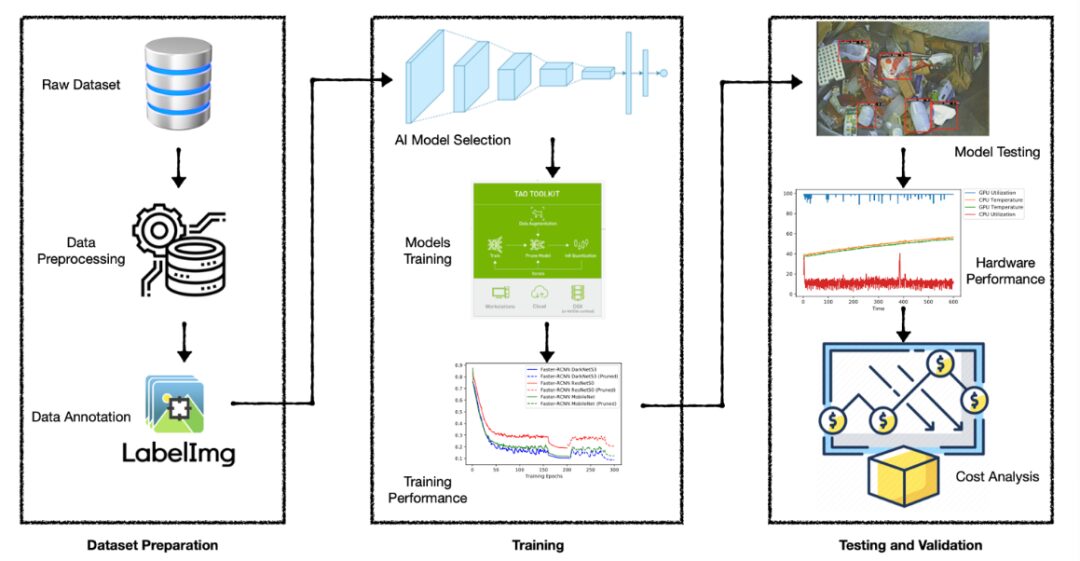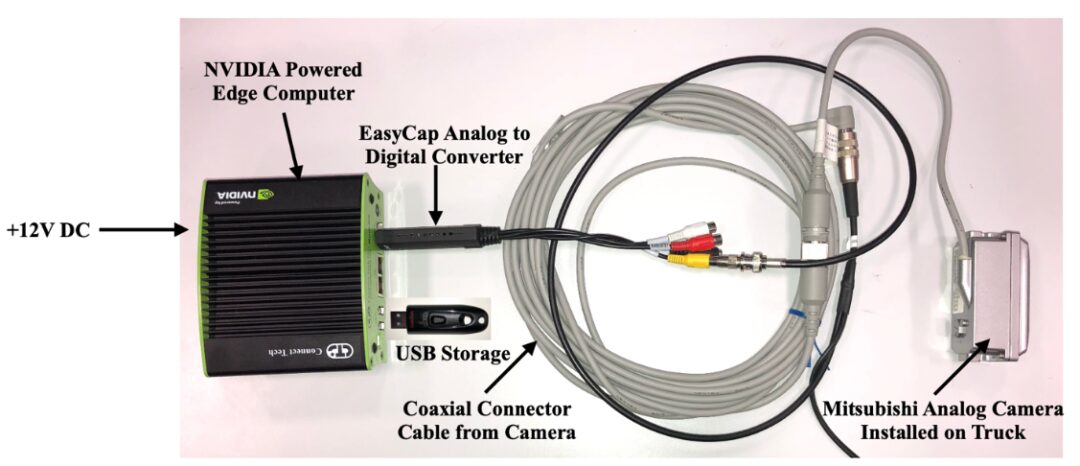
In recent decades, the amount of waste generated has significantly increased, closely related to economic development and urbanization. This increase in waste generation poses significant challenges for governments worldwide in efficient handling and management. Although developed countries have implemented waste classification systems, a considerable portion of waste still ends up in landfills or incinerators due to contamination issues, leading to unsustainable waste of recyclable materials.


Traditional waste management methods, such as landfilling and incineration, have not only failed to address the increasingly severe waste problem but also pose serious environmental and health risks. It has become increasingly urgent for countries to strengthen waste recycling and management practices to ensure sustainable development.
In local waste management, contamination in household waste is a significant barrier, severely hindering the recycling process. Governments have adopted innovative strategies, such as bin tagging and waste audits, to address this issue and collect data related to contamination to support informed decision-making.
However, the currently popular bin tagging practices rely too much on manual intervention, typically conducted by waste collection truck drivers using onboard cameras for visual inspection. The problem is that this labor-intensive approach not only puts pressure on the driver’s capabilities but also introduces subjectivity and potential data discrepancies, requiring additional analysis and time resources.
There is an urgent need to reform waste management practices to improve efficiency and sustainability. Therefore, developing an automated waste contamination detection system utilizing advanced technologies is crucial.

Dr. Umair Iqbal from the University of Wollongong in Australia and his team developed an edge computing video analysis solution based on the latest technologies to help address waste contamination issues. This solution is based on the NVIDIA Jetson and NVIDIA Metropolis frameworks.
The overall idea of the solution is to capture video of waste in the truck’s hopper using cameras, process it with the NVIDIA Jetson edge AI platform to detect plastic bag contamination, and store contamination-related information for further analysis. We trained the YOLOv4 deep learning model using our own Remondis Contamination Dataset (RCD) and deployed it on the edge computing solution using NVIDIA DeepStream.


Training a Convolutional Neural Network (CNN) model for computer vision tasks requires a large dataset of relevant images. However, waste contamination detection presents unique challenges that have not been adequately addressed in existing research. Most studies use datasets containing only one contaminant and high-resolution video data to simplify the problem. Unfortunately, these models struggle in real-world scenarios where contaminants coexist with various waste components, often accompanied by complex lighting conditions and reduced image quality.
In response to this challenge, the team developed the Remondis Contamination Dataset (RCD), a novel training dataset carefully curated from the historical records of the recycling company Remondis. This dataset contains images capturing instances of plastic bag contamination, providing diverse lighting conditions, shooting angles, and low resolutions, reflecting the complexities of the real world more realistically.
The RCD contains 1,125 samples, with 968 samples used for training and 157 for validation. The dataset includes a total of 1,851 bounding box annotations, with 1,588 for training and 263 for validation. The image shows some annotated samples from the RCD, demonstrating the diversity and complexity of the dataset.

Through the RCD, the team hopes to strengthen the development of CNN models for waste contamination detection, providing more accurate and robust solutions for real-world applications.

The team developed an automated solution for detecting plastic bag contamination in waste vehicles, utilizing onboard simulated cameras to process images and deploying computer vision models accelerated by NVIDIA computing.

The developed system includes:
-
A simulated camera installed on the truck (Mitsubishi C4010) for capturing images of waste collected from bins.
-
NVIDIA Jetson TX2 System-on-Module for processing and inferring waste images using the trained computer vision model.
-
A computer vision model (YOLOv4 with CSPDarkNet) for detecting plastic bag contamination in images.
The YOLOv4 model with CSPDarkNet_tiny backbone is particularly suitable for plastic bag detection. It is trained using NVIDIA TAO supported by Python, TensorFlow, and Keras. The model is trained on RCD images using the NVIDIA DGX platform.
The solution proposed by the team was developed using a three-phase approach,
Phase One: Data Preparation
-
The raw dataset was collected from Remondis’ historical records and online resources.
-
The collected data was processed and filtered to identify potential training candidates.
-
Bounding boxes were drawn on the processed dataset using LabelImg software to label plastic bags.
Phase Two: Model Training
-
A suitable model was selected from the existing model zoo for training.
-
NVIDIA TAO toolkit was used to train the plastic bag contamination detection model.
-
The training performance was closely monitored to ensure the training process was proceeding normally.
Phase Three: Testing and Validation
-
The trained model was exported as an NVIDIA TensorRT engine and deployed on NVIDIA Jetson TX2.
-
The hardware performance was validated in terms of GPU utilization, temperature, CPU utilization, and FPS.
-
The hardware was deployed on-site, and additional data was collected to fine-tune the model.

The best-trained model (YOLOv4 with CSPDarkNet_tiny backbone) was exported to TensorRT and deployed on the Jetson TX2 module using the NVIDIA DeepStream SDK. The hardware setup (as shown below) was tested in the lab using the same camera installed on the garbage collection truck. After verification in the lab, the hardware setup was deployed on the garbage collection truck for on-site testing and additional data collection.


-
Multi-Class Detection: The developed solution can be extended to detect multiple categories of plastic bags and packaging materials. This will help better understand which types of plastic bags are common in contamination and allow for corresponding control measures.
-
Pothole Detection: The deployed edge computer can utilize the same computing resources to deploy multiple trained computer vision models. In this case, another model can be trained to detect potholes on the roads, helping councils identify damaged roads and repair them promptly.
-
Roadside Litter Detection: Similar to the concept of pothole detection, additional cameras installed on trucks can be used to detect roadside litter. This helps better manage the environment and educate the community.
More:
Detailed introduction to NVIDIA edge computing solutions